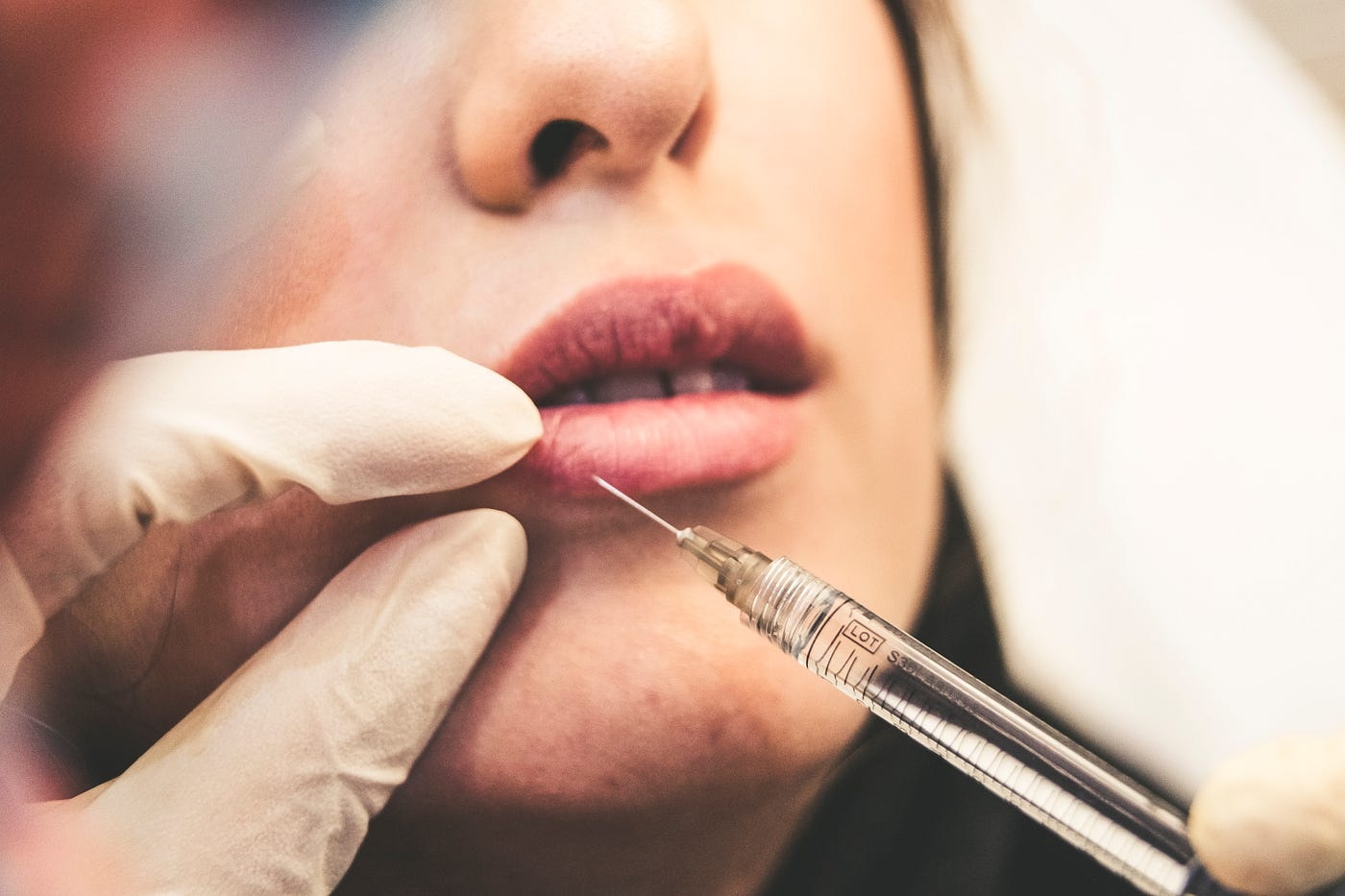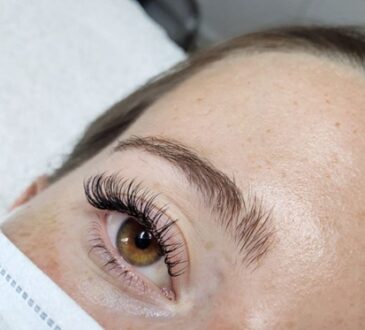

Introduction:
In recent years, a profound cultural shift towards body positivity has reshaped societal attitudes toward physical appearance. This movement, advocating for the acceptance of all body types and challenging unrealistic beauty standards, has paradoxically influenced cosmetic surgery trends. While it might seem contradictory, the rise of body positivity has not diminished the demand for cosmetic procedures. Instead, it has redefined the motivations behind them, emphasizing personal choice and self-empowerment over adherence to societal expectations.
The Evolution of Motivations:
Traditionally, cosmetic surgery was often seen as a means to conform to narrow beauty ideals. Today, however, individuals are increasingly seeking cosmetic enhancements to feel more confident and comfortable in their own skin, rather than to meet external standards. This shift is largely influenced by the body positivity movement, which promotes the idea that beauty is diverse and subjective. Procedures such as breast augmentations, liposuction, and rhinoplasty are now frequently framed as acts of self-care, where the focus is on individual satisfaction rather than societal approval.
Diversity in Beauty Standards:
The body positivity movement has broadened what is considered beautiful in today’s society. This inclusivity has encouraged the cosmetic surgery industry to adapt, offering a wider array of procedures tailored to diverse body types and ethnic backgrounds. For instance, techniques in procedures like rhinoplasty have evolved to preserve ethnic characteristics rather than conform to a Western ideal of beauty. Similarly, the demand for procedures like butt augmentations has risen, reflecting a cultural appreciation for fuller body shapes, which were previously marginalized.
Influence on Industry Practices:
As the motivations behind seeking cosmetic enhancements shift, so too do the practices within the industry. Cosmetic surgeons are increasingly adopting a holistic approach, focusing on enhancing individual features rather than transforming them into something entirely different. This approach aligns with the body positivity narrative by supporting the patient’s desire to improve rather than change their natural appearance. Moreover, there’s a growing emphasis on transparent communication and ethical marketing in the industry, aimed at ensuring patients have realistic expectations and feel supported in their decision-making process.
Enhanced Emotional Well-being:
The intersection of body positivity and cosmetic surgery also extends to mental health. With a greater emphasis on self-love and acceptance, patients are more likely to approach cosmetic surgery with healthier expectations and motives. This alignment can lead to more positive outcomes in both their physical appearance and psychological well-being. Surgeons are also more attentive to the emotional aspects of patient care, recognizing that the impact of their work extends beyond the physical changes.
Conclusion:
The cultural shift towards body positivity has significantly influenced cosmetic surgery trends, transforming how procedures are perceived and practiced. This movement has not only expanded the definitions of beauty but has also empowered individuals to pursue cosmetic surgery from a place of self-love and personal fulfillment. As society continues to embrace diversity in all its forms, cosmetic surgery is becoming a tool for individuals to express their identity and enhance their quality of life, underpinned by a philosophy of acceptance and respect for the body’s diversity.






